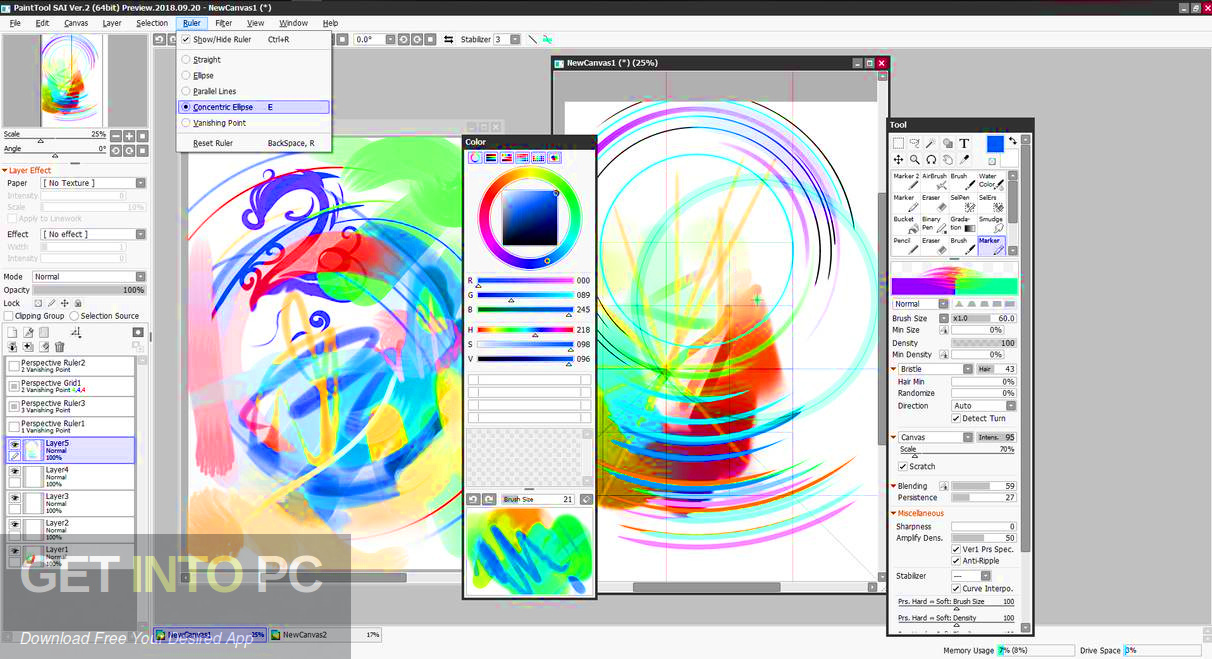

- Getting the most out of your drawings painttool sai update#
- Getting the most out of your drawings painttool sai free#
one canvas window can be zoomed in while you re working on it, and the other can stay zoomed out and update as you draw. this is useful for when you zoom in really close and can't see how you're effecting how your piece looks without zooming out and back in again. Similarly, if you want to see two windows of the same canvas, go to view > new, and it will create a second canvas window of whatever canvas you had selected at the time. If you want to see two canvas windows at once, you can use the toggles on the top right of the canvas. (I don't know what selection source does rip) If you have multiple layers with "clipping group" selected in a row, they will all restrict themselves to the first non-clipping group layer below it It behaves just like "preserve opacity," but the new mark you made will be on a new layer, and whatever is on the original layer will be preserved. If you check "Clipping Group" on a layer, that layer will restrict itself to whatever is on the layer directly below it. so if you have a brushstroke on a layer, check "preserve opacity" on that layer, then draw over the brushstroke, you will only make a mark on the pixels that are already colored, and the lighter pixels will stay faded If you check "Preserve Opacity" on the left, whatever layer you have it selected on will preserve the opacity of the pixels on that layer. The little checkered box under the color indicator is a toggle to turn whatever brush you're using into a transparent eraser If you use a larger canvas, small mistakes are much less noticeable

a piece that is saved at 300 dpi will look the same as one at 72 dpi when displayed on a monitor. The reason 72 dpi only looks good on monitors is because monitors are 72 dpi max. SAI, like other art programs, gets even cooler with bushes from the community. No need for something expensive - an intro model is a great way to start~ It's easier to go from big canvas with higher dpi to smaller than the other way around in image quality.Ī tablet is an artist's best friend. Less dpi means that if you print something, it might look blocky. Dpi stands for dots per inch, which is pixels per inch. If publishing or printing you art, have a minimum of 300 dpi.
Getting the most out of your drawings painttool sai free#
Use SAIv2, which is free in the offical site if you bought SAIv1. SAIv2 Beta has better modern tablet and larger canvas size capabilities. A gif can have limited colors and singular transparency, but can animate. Try saving in png, sai, or super high end jpeg as a final product.Ī png can have almost all colors and transparency of both singular and alpha. Makes editing easier and more organized!Ī jpeg is the lower end of image formats, but some better algorithm jpegs exist - called sometimes loss less. Think of it like invisible sheets you can rearrange and stack.


 0 kommentar(er)
0 kommentar(er)
